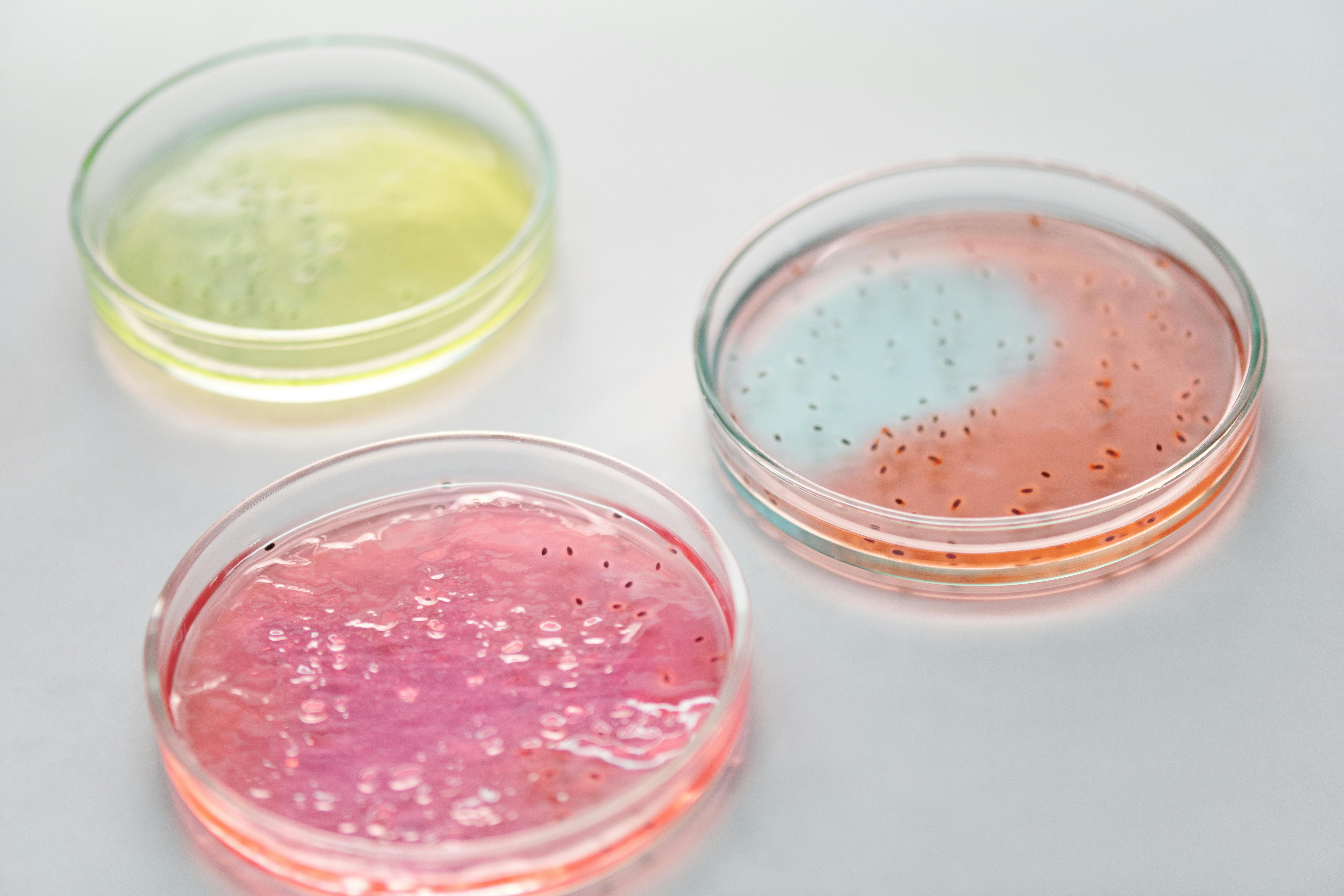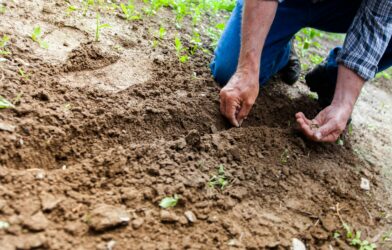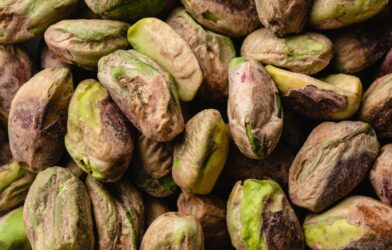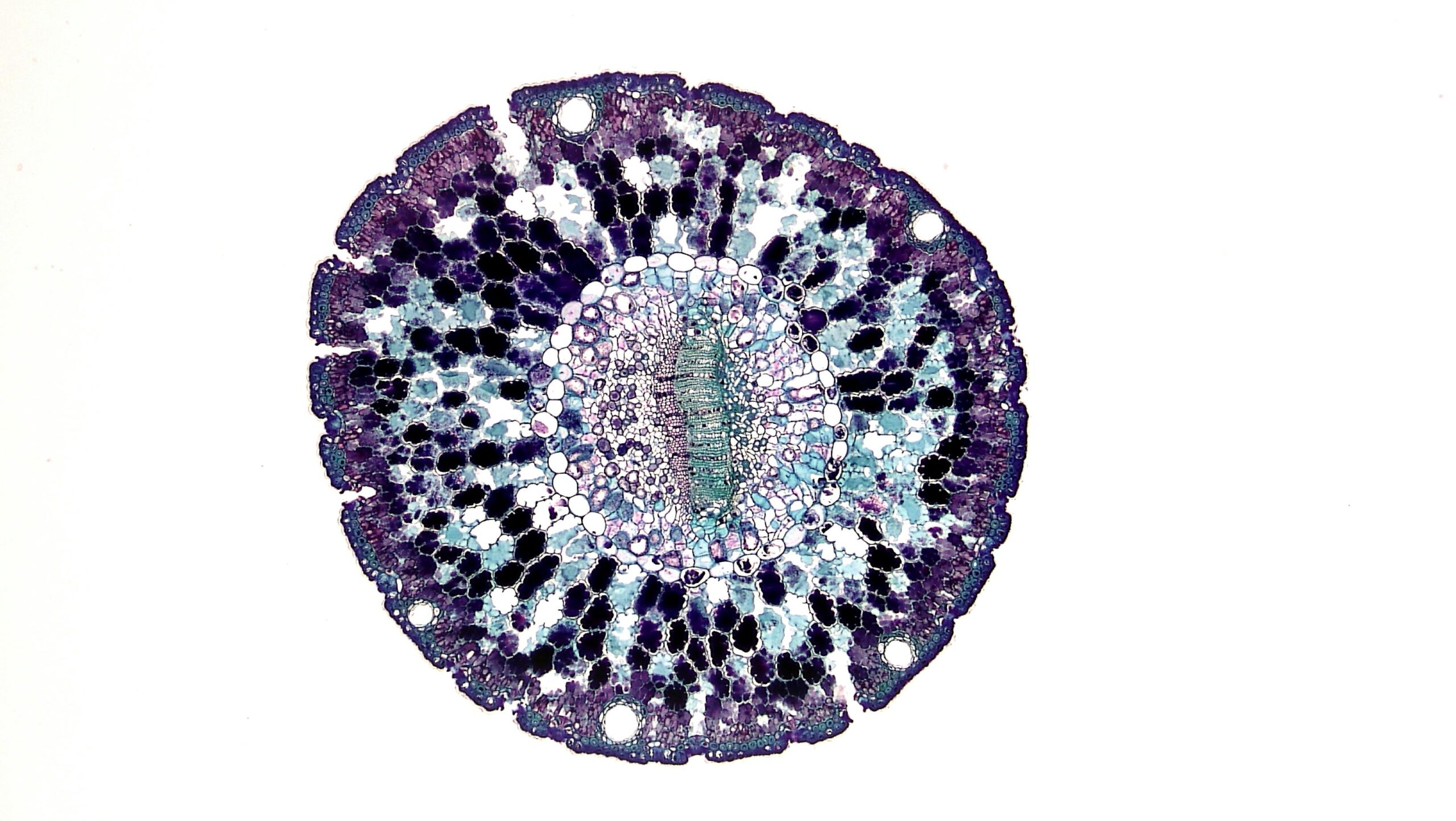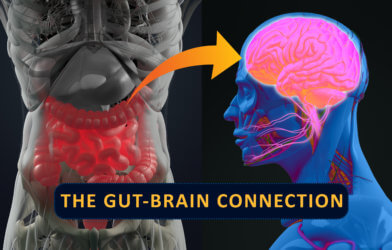Borneo, Southeast Asia – The urban sprawl isn’t just reshaping our landscapes; it’s profoundly altering the very biology of the animals living alongside us, right down to the microscopic communities in their digestive systems. New research from Swansea University uncovers that as cities expand into ancient rainforests, native and invasive small mammals aren’t merely adapting to their new urban surroundings—they’re surprisingly sharing their gut microbes, blurring the lines of biological kinship.
This groundbreaking study highlights that environmental factors, like shared urban spaces and diets, can be a stronger force in shaping an animal’s internal biology than even their genetic family ties. This unseen transformation in wildlife could have significant implications for public health, including how diseases spread between animals and humans.
Unexpected Connections: Rats and Their Microbes in the City
The research, published in Molecular Ecology, makes a fascinating and somewhat unexpected discovery: the common black rat (Rattus rattus), an invasive species commonly found in cities, is developing gut bacteria more like the native rainforest rat (Sundamys muelleri), which has successfully adapted to urban life, than to its close invasive relative, the Norway rat (Rattus norvegicus). This finding shifts our understanding of how species adapt and evolve. Alessandra Giacomini, the lead student researcher, noted, “Our findings suggest that shared environmental use can drive microbiome similarity as much or even more than the genetic relatedness of host species.” This implies that what animals eat and where they live might be more powerful in shaping their microbial makeup than their ancestry.
How Scientists Explored the Urban Gut
To reach these conclusions, researchers meticulously studied the gut bacteria of hundreds of small mammals. This involved three rat species—the native rainforest rat (Sundamys muelleri), the invasive black rat (Rattus rattus), and the invasive Norway rat (Rattus norvegicus)—along with the house shrew (Suncus murinus). These animals were sampled across a wide range of habitats in Borneo, from bustling city centers to undisturbed rainforests. By analyzing the genetic material of the bacteria in their guts, the team could identify the types and amounts of microbes present, comparing these “microbiome compositions” across different species and environments.
The Urban Diet’s Impact: A Homogenizing Effect
One of the most remarkable observations was the strong link between how intensely urbanized an area was and the gut microbiome of the Norway rat. Even though these rats are known for thriving in cities worldwide, their gut bacteria showed the most significant changes depending on their environment. Rats in highly urbanized areas tended to have remarkably similar gut microbial communities, a phenomenon known as “urban homogenization.” This outcome is likely tied to their diet. In dense urban settings, these rats likely consume a more consistent diet of human-derived processed foods and waste, leading to less diverse gut bacteria. In contrast, those in less urban areas, with more varied natural food sources, had a more diverse microbiome.
Specific findings showed that certain types of gut bacteria, including some known for breaking down fiber, were significantly less common in Norway rats living in urban environments. Additionally, two species of Treponema bacteria, typically found in non-industrialized human populations and non-urban primates, were also significantly reduced in urban-dwelling Norway rats. These changes point to a profound shift in the rats’ dietary habits as they navigate urban landscapes.
Curiously, the black rat, which showed significant microbial similarity to the native rainforest rat, did not exhibit a strong correlation between its microbiome and land use intensity. This outcome points to different adaptive strategies among species when facing urbanization. The native rainforest rat, an “urban adapter” that has expanded its territory from forests to suburban areas, also showed little evidence of its microbiome being strongly affected by land use changes across the studied environments.
However, there was one notable finding for Sundamys muelleri: an increase in Clostridium perfringens in more urbanized individuals. While this bacterium is common in urban environments and in the guts of many vertebrates, its higher abundance in urban rats raises questions about potential pathways for disease transmission. Given the significant microbial similarity between Sundamys muelleri and Rattus rattus, a known carrier of diseases that can jump from animals to humans, the presence of this bacterium in Sundamys muelleri highlights a critical area for future research. This raises serious questions about how the interaction between native and invasive species in urbanizing areas could facilitate the spread of parasites and pathogens between wildlife and humans.
The shrew (Suncus murinus), another urban resident, displayed a distinct microbiome profile compared to the rats, further emphasizing that different species respond uniquely to the pressures of urban living.
Urban Sprawl: Reshaping Life at a Microscopic Level
This study paints a vivid picture of how urbanization is not just changing animal behaviors or habitats, but fundamentally altering their internal biological landscapes. The shared microbial communities among distantly related species living in similar urban environments underscore the powerful influence of human development on wildlife. As cities continue to expand, understanding these complex relationships between hosts, microbes, and their changing surroundings will be crucial in predicting which species will thrive, which will struggle, and, perhaps most importantly, how these ecological shifts could impact the health of both wildlife and humans. The findings serve as a potent reminder that our urban footprints extend far beyond concrete and into the very core of the natural world.
Paper Summary
Methodology
This study analyzed the gut microbial communities of hundreds of small mammals (three rat species: Rattus rattus, Rattus norvegicus, Sundamys muelleri; and one shrew species: Suncus murinus) across various habitats in Borneo, from cities to rainforests. Researchers used molecular analysis and bioinformatics to identify and compare the types and amounts of gut microbes present, examining how land use intensity affected these communities.
Results
The study found that the invasive black rat’s (Rattus rattus) gut microbiome was more similar to the native rainforest rat (Sundamys muelleri), an urban adapter, than to its genetically closer relative, the Norway rat (Rattus norvegicus). This indicates that shared environments can be more influential on gut microbes than genetic relatedness. Norway rats showed the strongest microbiome changes with urbanization, having more uniform gut bacteria in urban areas, with reduced beneficial fiber-digesting bacteria. Urban native rainforest rats also showed an increase in Clostridium perfringens, a common bacterium.
Limitations
The study notes a lack of detailed dietary information for the rat species, which could further explain microbiome changes. The findings represent “snapshot observations,” suggesting a need for longer-term research. It also remains unclear if microbiome changes in Norway rats in less urbanized areas impact their health. Further research is required to fully understand how these microbial shifts relate to habitat changes, diet, health, and disease transmission between wildlife and humans.
Funding and Disclosures
This research was part of a collaborative study with Sabah Parks, local National Parks authorities, in Borneo. Access and export permits were issued by the Sabah Biodiversity Centre, and field site access was approved by Sabah Parks and landowners. No ethical approval beyond the access permit was required for animal capture. The authors declared no conflicts of interest.
Publication Information
The study, “Host‐Microbiome Associations of Native and Invasive Small Mammals Across a Tropical Urban–Rural Ecotone,” was published in the journal Molecular Ecology in 2025. It was led by Swansea PhD student Alessandra Giacomini, supervised by Dr. Tamsyn Uren Webster and Dr. Konstans Wells. The raw sequence data is available in the European Nucleotide Archive (PRJEB81284), and analysis code is on Zenodo. The article can be accessed via the Wiley Online Library.


